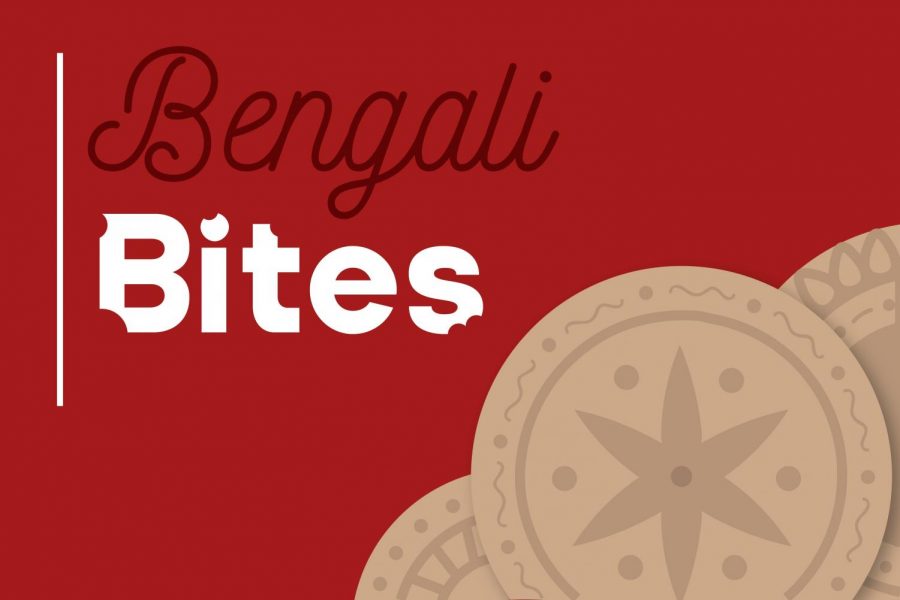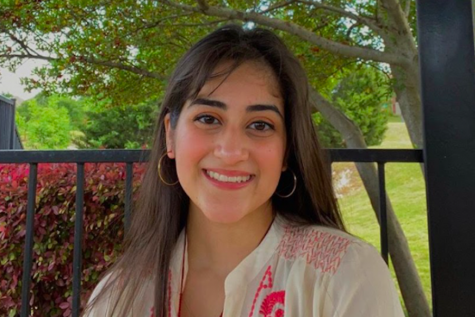Bengali Bites: daal
Wingspan’s Ananda Ghoshal delves deeper into the world of Bengali food and shares her thoughts.
December 18, 2020
The bare necessity of every Indian or Bengali household: daal. In other regions in India, and in other languages, it may be called something else, but it doesn’t change the fact that it is the thing that basically completes every meal. A major reason as to why daal is so important is because of the way it is paired with food such as rice and roti. You put daal on top of rice (or to the side if you prefer), mix it, and eat it along with your vegetables and other sides. With roti, you can have the daal in a separate bowl and eat it with vegetables and other sides as well.
Daal is readily available at your local Indian grocery store, and while there are different varieties, I’ve noticed that my family typically sticks to three: Moong, Urad and Masoor. These three are some of the more common, flexible and simple pulses of daal and are easy to make on a daily basis- which is what my family does.
The way you can make a simple daal is by using a pressure cooker. You wash the daal out with water until the water comes out to be as clear as you can get it. Have the pressure cooker filled with water and let it boil. When it is boiling, add in the dry pulses, put the lid on and let it cook. Let the steam release and it will be ready when it has a liquid consistency with the daal pulses mixing with the water when you stir it. What my mother likes to do is garnish it with cilantro and dried chillies to give it more of a flavour.







